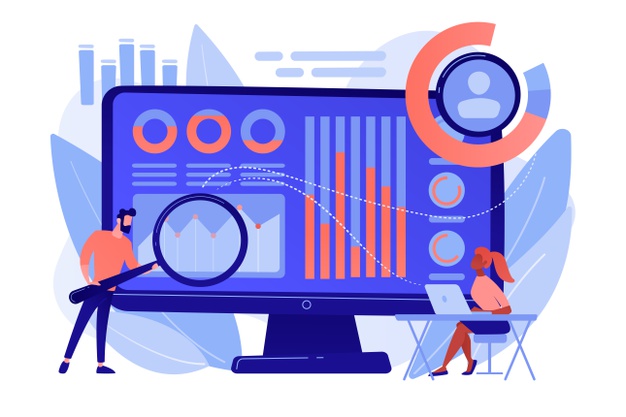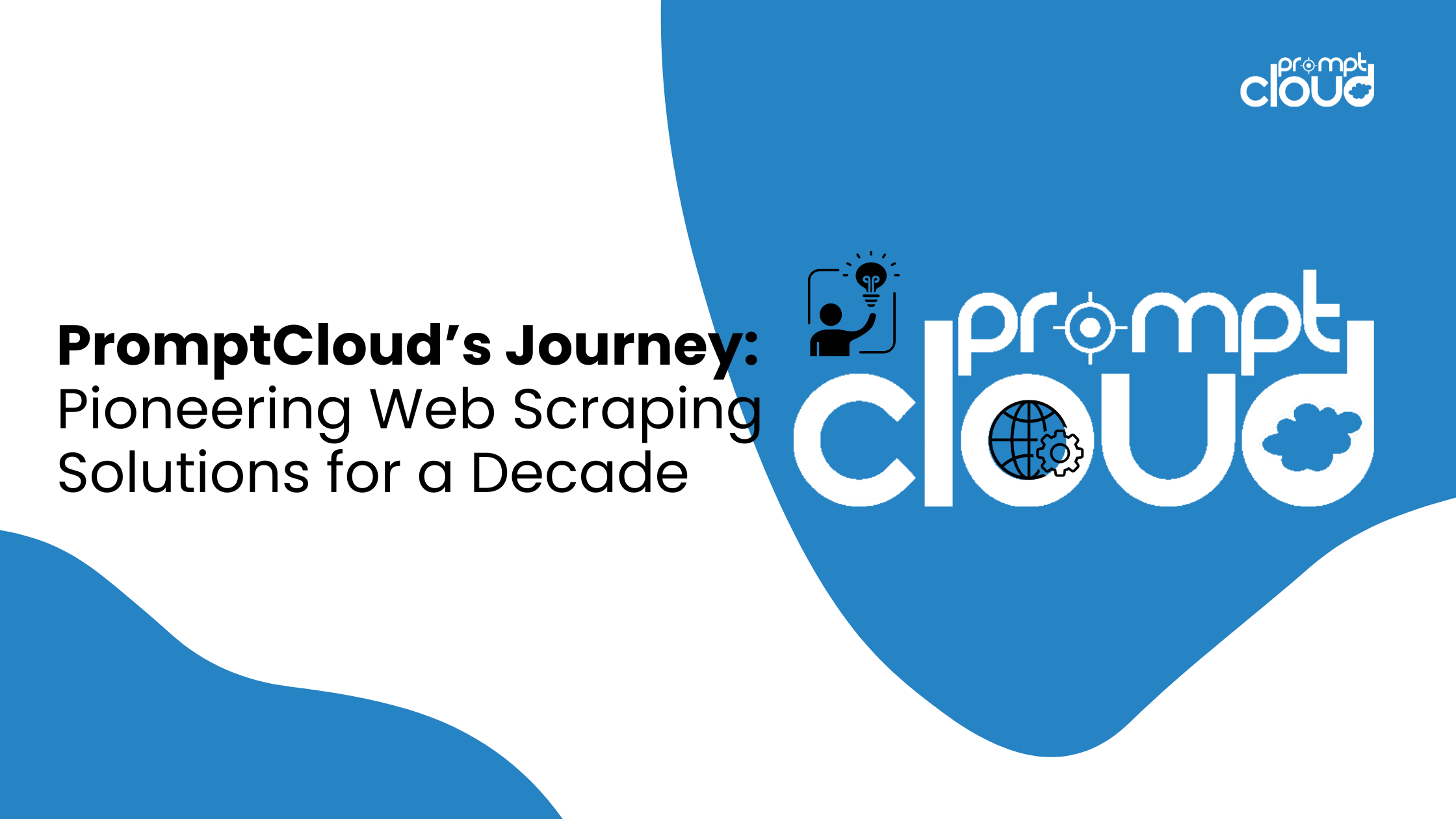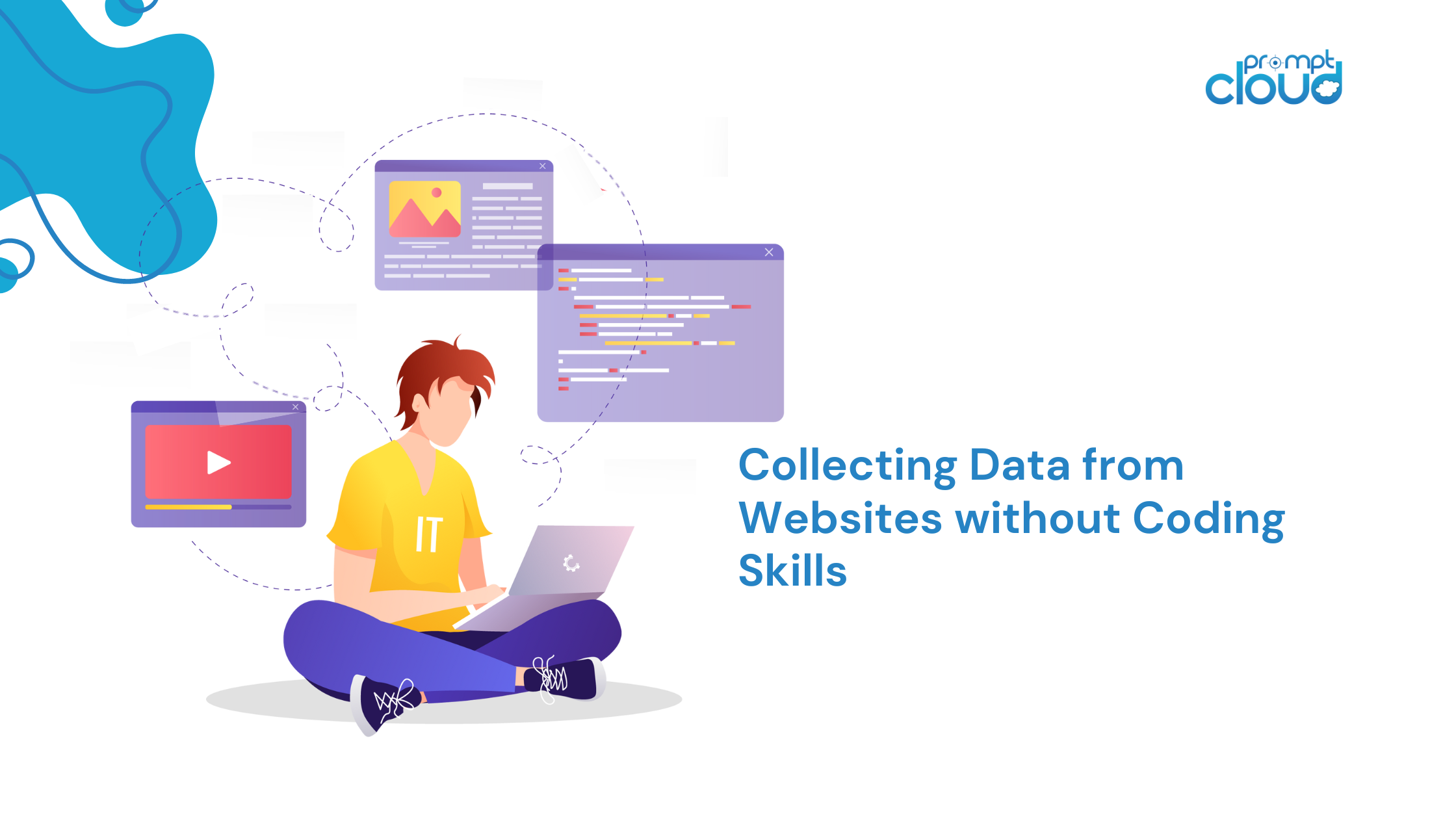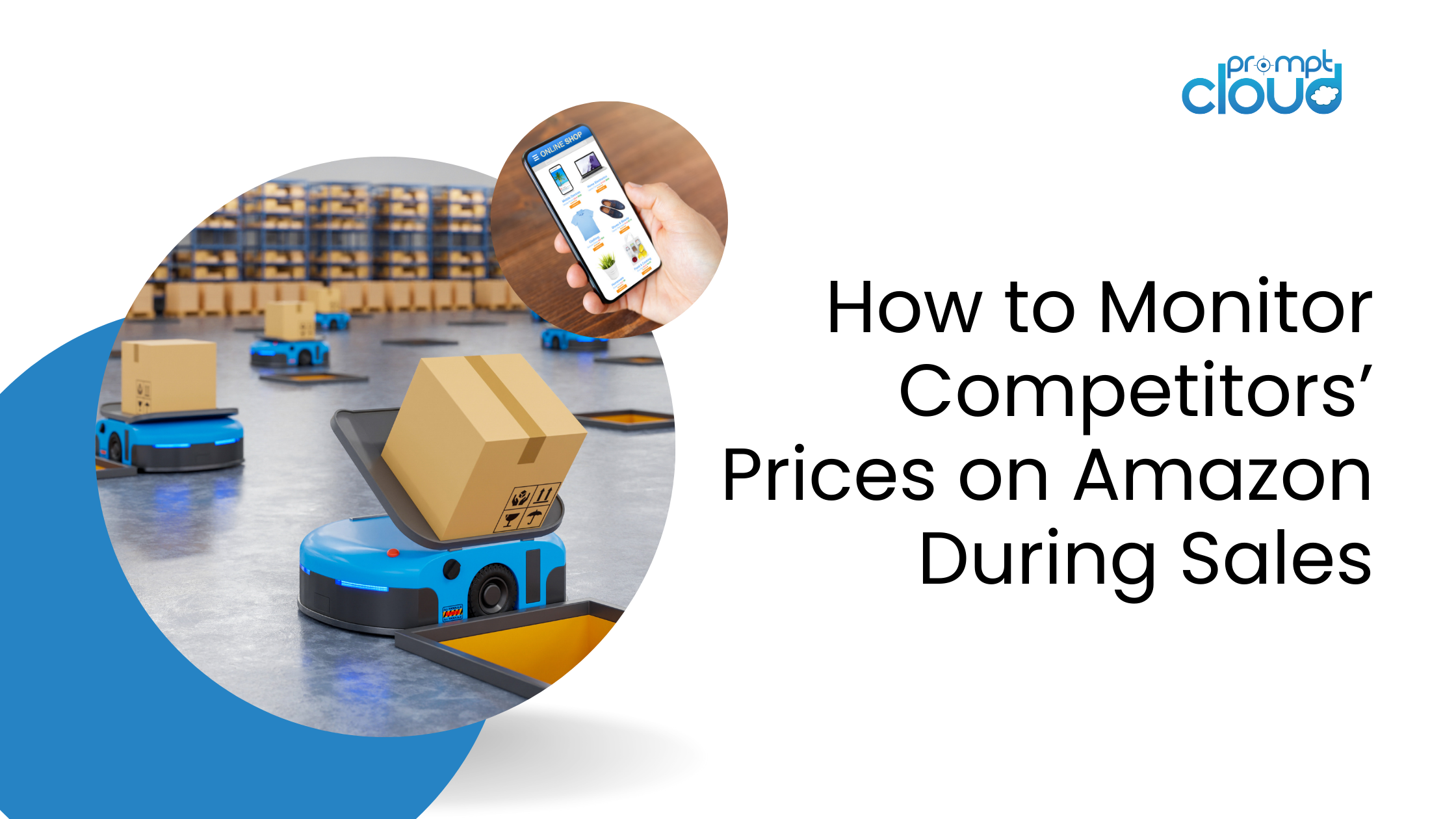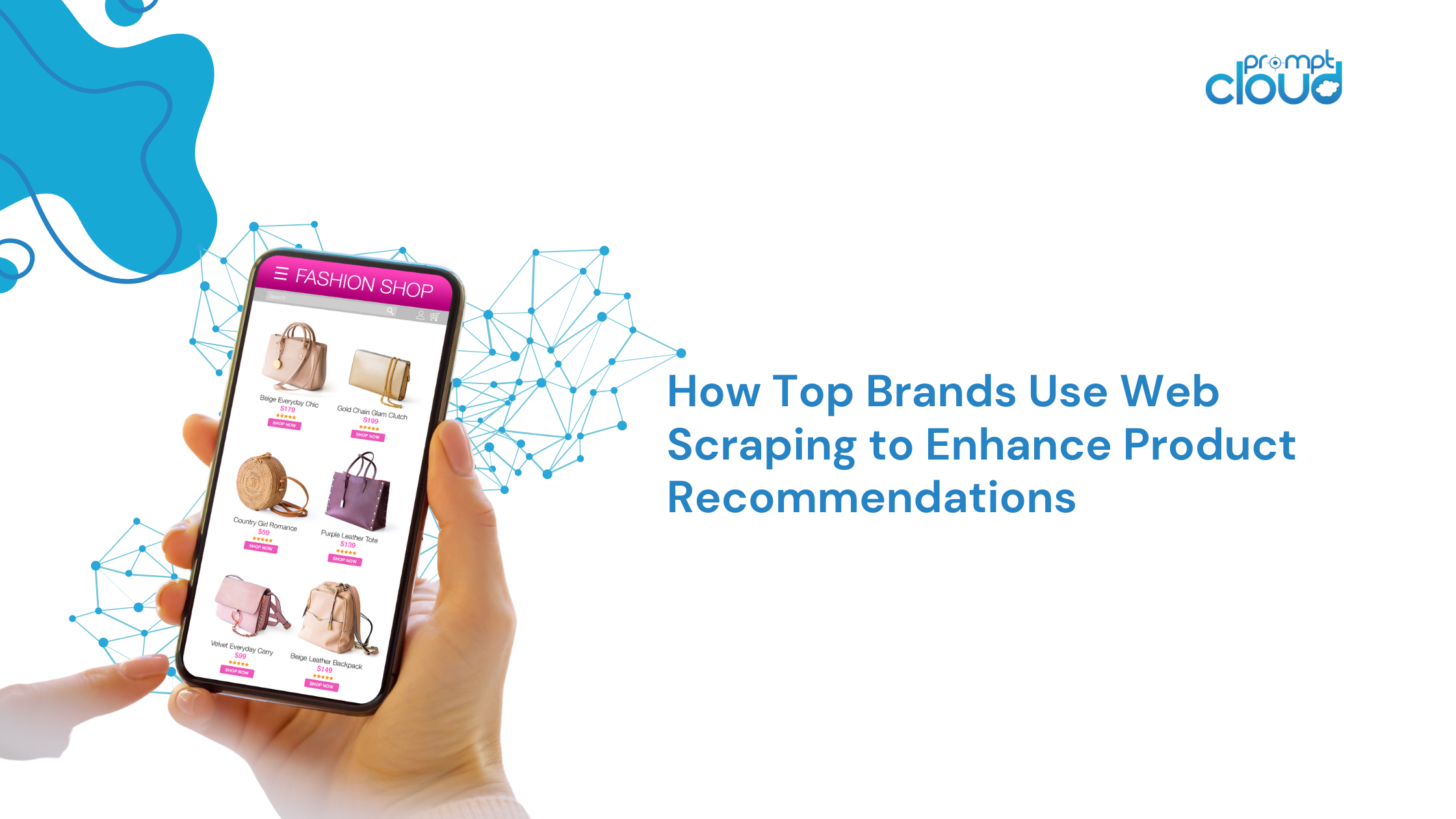As the consumer becomes more aware, they learn to compare the prices of any product they want to buy, say, the latest phone or a simple toothbrush across websites. Around 80% of consumers visit multiple websites to compare product prices. Therefore, it makes sense for businesses, especially those that deal with consumers directly such as the e-commerce or the travel sector, to monitor prices of the products and services they provide across all relevant websites. So let us take a look at how Scraping eCommerce Websites are done for Price Matching.
A slight reduction of price may mean a bestseller for one website, while for another it may become a product accumulating dust in the warehouse. Online businesses have few options other than scraping websites to gather pricing data. This also helps in keeping track of market standards such as margins on various categories and subcategories of products. Let’s take a look at how we scrape eCommerce websites to help with price matching.
Why Scrape Prices?
Scraping eCommerce websites for prices from competitors is just another example of web scraping. It involves scraping of prices of products and services from websites of your immediate competitors and keeping track of the pricing strategies.
Pricing data scraped over longer periods may reveal certain strategies like special offers on the holiday season, lower prices (which may even require absorbing losses) on the most popular products to attract more customers, and dynamic pricing algorithms that set the prices based on when an item was last sold.
Scraping pricing data to stay ahead of the competition used to be a forte of e-commerce but today it is also being used by other industries like hospitality and finance. Through price scraping, a business can stay ahead of the competition and create more revenue by strategic pricing techniques that can attract the customer while still keeping the average margins on products the same.

Globally, the eCommerce market has seen a major boom in recent years with more than hundreds of stores becoming active with each passing day. The pandemic has also contributed to the growth especially in sectors like online-grocery-deliveries that hit their 5-year targets in 5 months!
With governments around the world announcing nationwide lockdowns and people being too scared to step out of their houses due to the Coronavirus, online shopping gained more popularity due to its ease of use and convenience. Along with that, the competition has also increased manifold. In such a market, scraping prices from different websites has allowed businesses to understand pricing strategies and attract price-sensitive buyers.
Scraping eCommerce Websites Data from Amazon
Amazon generates a huge amount of data every day, this includes new products that are added as well as price changes across major categories like electronic items and equipment. For a small or mid-sized business owner who is trying to sell to niche customers or target a specific region, scraping prices from Amazon will allow him to develop a better strategy. Once you get your pricing strategy right, you can then advertise popular products with the right pricing comparison using Google ads. The ranking of your product will show more improvement in search results. You will also be able to figure out the demographics that resound the most with your product and carry out a marketing strategy accordingly.
To start, you will have to set down the source of data, which will include Amazon and a few other eCommerce players. These categories and subcategories will have their specific refresh frequency. Along with it, you will have to know if any anti-scraping tools are active in your source websites. Now, you will be able to control the volume of data you need. This data will help you to make decisions that are right for your business. After the extraction of the data, you may want to move onto the reviews- which may involve web scraping along with natural language processing.
What are the Advantages of Scraping eCommerce Websites for Pricing Data?
While a price comparison and tracking system may be difficult to implement initially, it comes with multiple benefits:
-
Staying Ahead of Your Competition
Staying ahead of your competition in an industry that rewards the winner tremendously means that analyzing and monitoring the competitor becomes an important factor. The e-commerce industry depends on its consumer base and to ensure its growth, it has to provide optimum services. By scraping product prices from different websites and then deciding on a price on your website. This way you ensure that there is an improvement in sales.
For example, if you are selling a frying pan from a reputed company. You will scrape prices of the same product across different websites to understand the market value and specify an attractive price on your website. Consumers will flock to your website if you can provide a comparatively lower price than most other competitors. Amazon almost forced Quidsi to merge itself with the retail giant after an aggressive war over diaper-selling for years.
However, in cases where the prices change too frequently such as the Sensex or flight prices. The automated scraping bots fall short as this pricing data updated every second. This is why real-time web scraping is important. With a real-time scraper, there are no intervals in between sessions of scraping. The data is extracted as soon as it gets updated which ensures quick responsive action and better analysis. This also means that the extracted data need not be stored as everything happens in real-time.
-
Determining Pricing Strategy from Scraping eCommerce Websites
Before completing a purchase, a single customer browses thousands of products. To get a customer to make a purchase, you will need a good pricing strategy. By offering the right prices, you can attract more buyers. For example, suppose you are a customer on the hunt for olive oil. While you will look for good brands that offer good reviews of the product. You will also compare the prices of products across popular websites. After doing so, you will select the one priced the cheapest while simultaneously ensuring good quality. Thus, if you are an eCommerce website, it is this consumer mentality that will drive your business.
Offering sales, buy-one-get-one-free deals, exchange offers will also bring in more traffic to your website. When you know competitor prices, it becomes easier for you to make logic-backed decisions. Through optimal pricing, brand reputation is also improved, and thus, you gain more customers.
-
Analyzing the Scraped Data
Finding the right consumer preference will take time. It cannot be done sitting in a boardroom and deciding the preferences for them. It is only through data analytics that companies can stay connected with their customers. Integrating your analytics with the web scraped data will allow you to implement data-backed decisions. With data at your disposal. You will begin to understand customer preferences and the quality that is demanded at each price point.
Practices like mailing them when something they are eyeing becomes cheaper can ensure a purchase. But such practices will need tracking for conversion rates and compare with the loss or profit that you end up making with such aggressive pricing strategies. Using historical pricing data to analyze and forecast future trends. And then stock up accordingly can also mean more business for you.
Also read: How to Scrape Amazon Product Reviews using Python
Conclusion
According to a report by the World Economic Forum, an estimated 463 exabytes of data will be created each day globally by the year 2025. A large percentage of this data will be made up of product and services data on various websites. Leaving data on the table will eventually mean another company making better business decisions and claiming your spot. This is where ethical web scraping comes in. You could either choose to have your web scraping team or more conveniently. Just pose your demands to a DaaS provider who will cater to it and provide you the required data in the format you want.
Price scraping is an undisputed tool for the new and upcoming business. To extract pricing data, you can either set up your team or choose PromptCloud. At PromptCloud, we set up custom web crawlers to fetch the required data. We then arrange the data according to your specifications and deliver it to you in a format of your choices, such as JSON, XML, or CSV. The frequency of the crawls will meet your specifications or be close to real-time. All you need to do is send in your requirements and leave the rest to us.
Enjoyed reading the content above, you just might be interested in reading eCommerce Price Monitoring Tool and Data.











